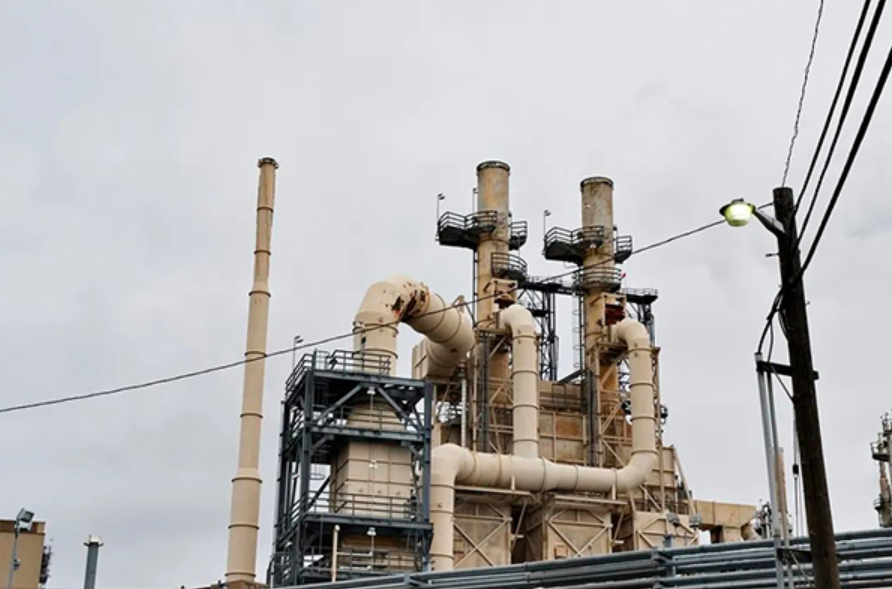What Valves Are Needed for A Sewage Treatment Plant?
Valves play a crucial role in sewage treatment processes. They not only control the direction and flow of water but also ensure the system operates safely, stably, and efficiently. Therefore, selecting the appropriate valves is essential for sewage treatment plants.

Common Types of Valves Used in Sewage Treatment Plants:
Globe Valve: Used to cut off or connect the medium in pipelines, characterized by simple structure and good sealing.
Gate Valve: Used to cut off or connect the medium in pipelines, suitable for large-diameter pipes.
Butterfly Valve: With the advantages of simple structure, small size, lightweight, and rapid opening and closing, suitable for medium and low-pressure pipeline systems.
Ball Valve: Featuring a 90-degree rotation action, easy operation, suitable for various environments and applications.
Check Valve: Used to prevent backflow, ensuring the continuity and stability of sewage treatment.
Key Factors in Valve Selection:
1. Medium Characteristics: Select appropriate valve materials and sealing structures based on sewage composition, temperature, pressure, etc.
2. Operating Conditions: Consider the valve operation mode (manual, electric, pneumatic, etc.) and installation location (indoor, outdoor, underground, etc.).
3. Safety: Ensure valves have reliable sealing performance and leakage prevention measures.
4. Durability: Choose valves capable of enduring long-term operation and wear, reducing maintenance costs.
How to Select Suitable Valves for Sewage Treatment Plants:
1. Understand the actual needs and process of the sewage treatment plant, determining the types, specifications, and quantities of valves required.
2. Communicate with professional valve suppliers to obtain expert advice and solutions.
3. Refer to industry standards and specifications to ensure selected valves meet relevant requirements.
4. Consider cost-effectiveness, and choose valves with high cost performance, achieving both economic and social benefits.

Common Types of Valves Used in Sewage Treatment Plants:
Globe Valve: Used to cut off or connect the medium in pipelines, characterized by simple structure and good sealing.
Gate Valve: Used to cut off or connect the medium in pipelines, suitable for large-diameter pipes.
Butterfly Valve: With the advantages of simple structure, small size, lightweight, and rapid opening and closing, suitable for medium and low-pressure pipeline systems.
Ball Valve: Featuring a 90-degree rotation action, easy operation, suitable for various environments and applications.
Check Valve: Used to prevent backflow, ensuring the continuity and stability of sewage treatment.
Key Factors in Valve Selection:
1. Medium Characteristics: Select appropriate valve materials and sealing structures based on sewage composition, temperature, pressure, etc.
2. Operating Conditions: Consider the valve operation mode (manual, electric, pneumatic, etc.) and installation location (indoor, outdoor, underground, etc.).
3. Safety: Ensure valves have reliable sealing performance and leakage prevention measures.
4. Durability: Choose valves capable of enduring long-term operation and wear, reducing maintenance costs.
How to Select Suitable Valves for Sewage Treatment Plants:
1. Understand the actual needs and process of the sewage treatment plant, determining the types, specifications, and quantities of valves required.
2. Communicate with professional valve suppliers to obtain expert advice and solutions.
3. Refer to industry standards and specifications to ensure selected valves meet relevant requirements.
4. Consider cost-effectiveness, and choose valves with high cost performance, achieving both economic and social benefits.




